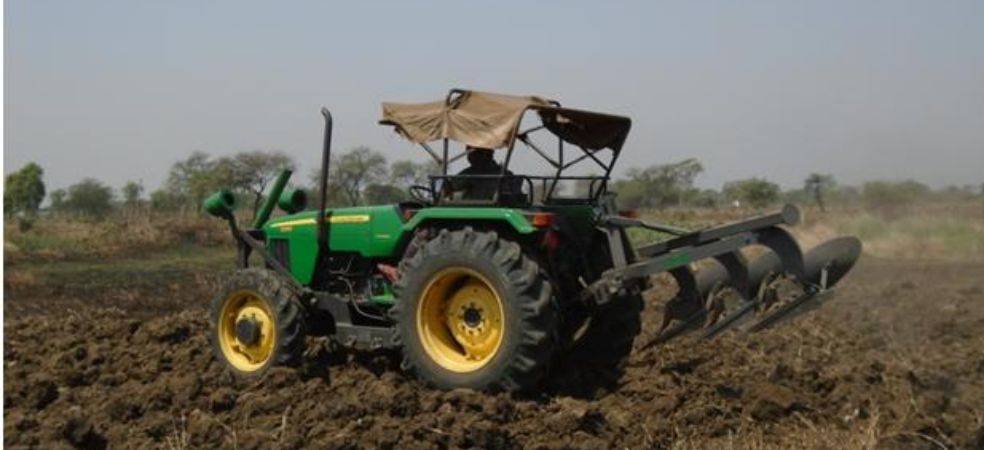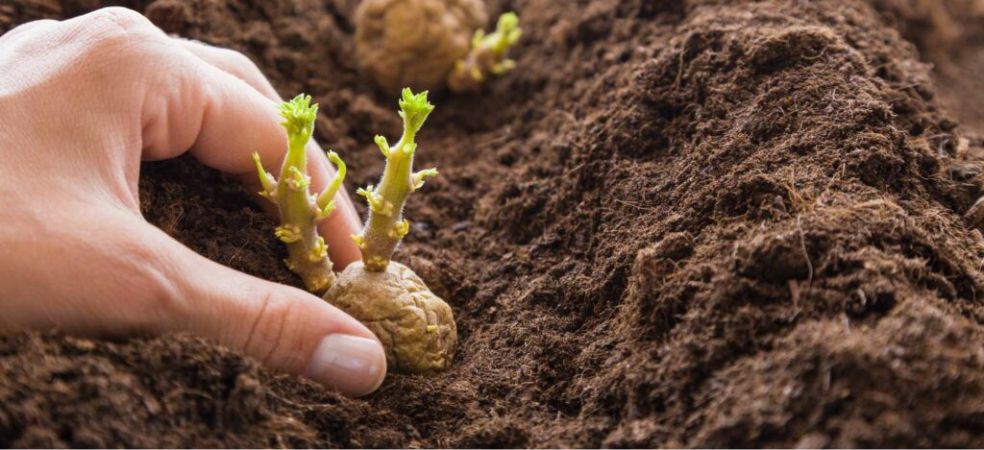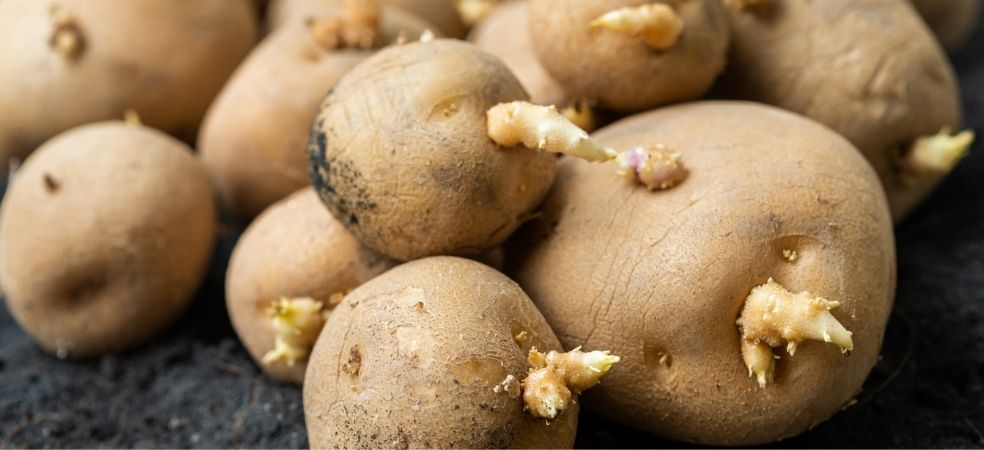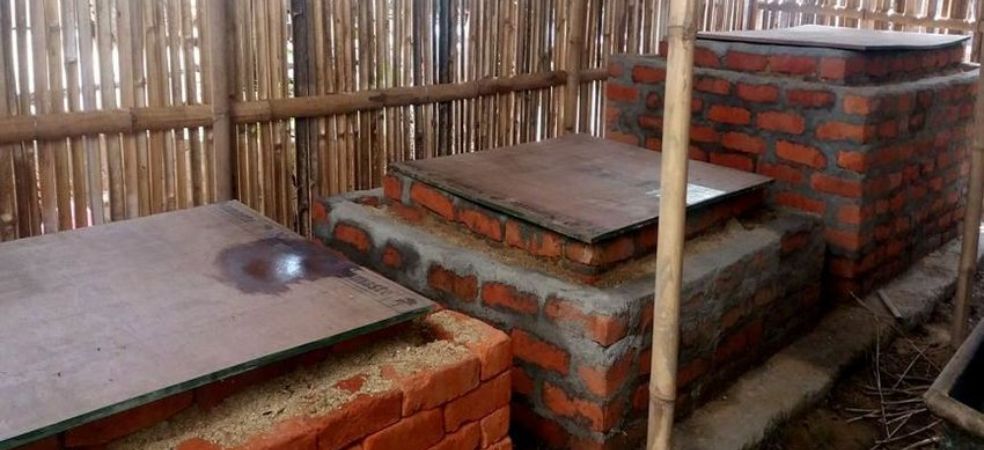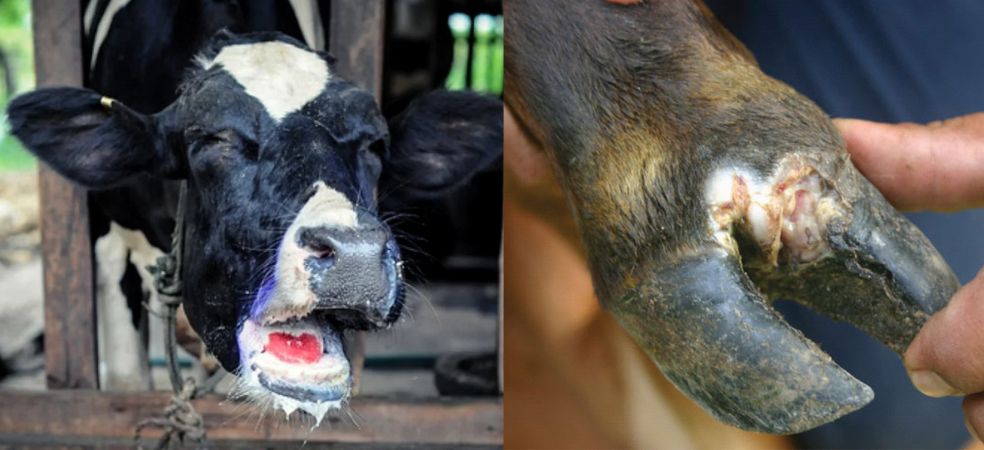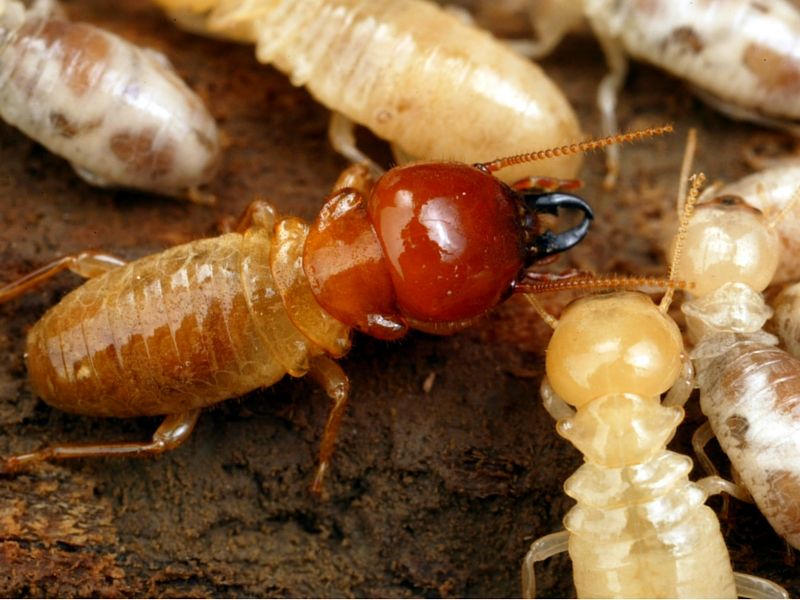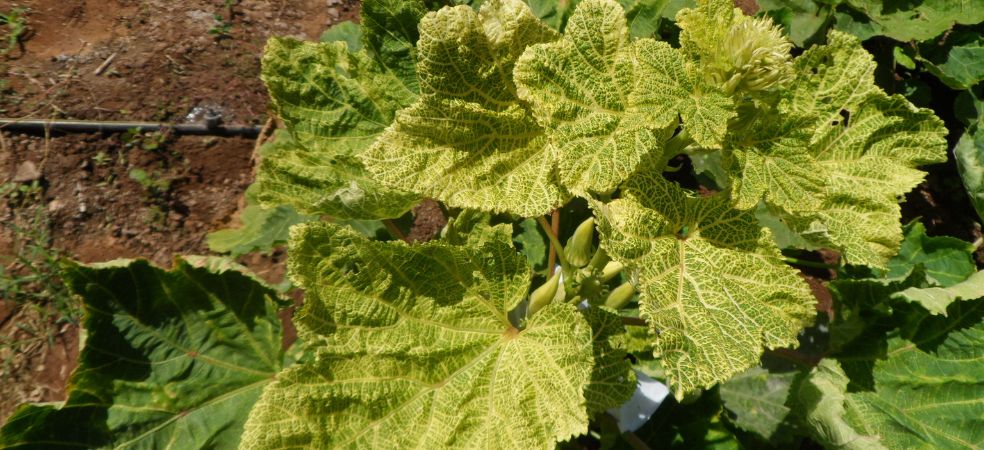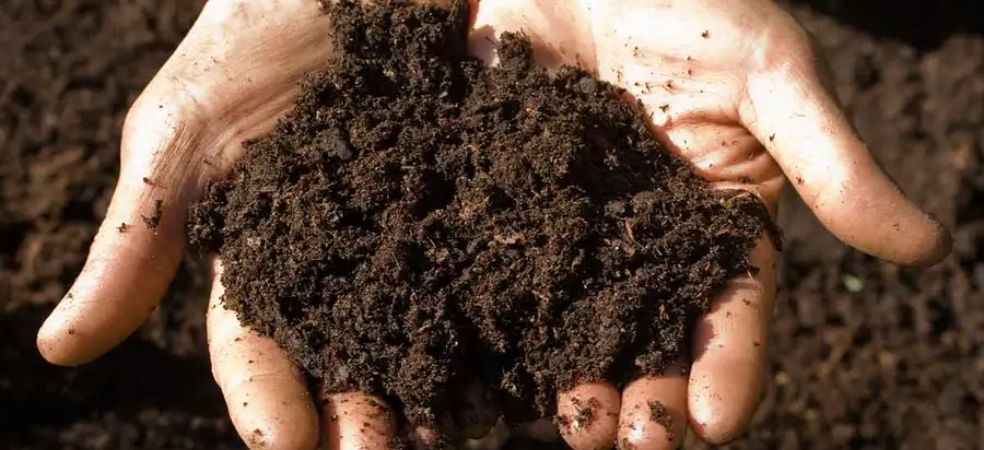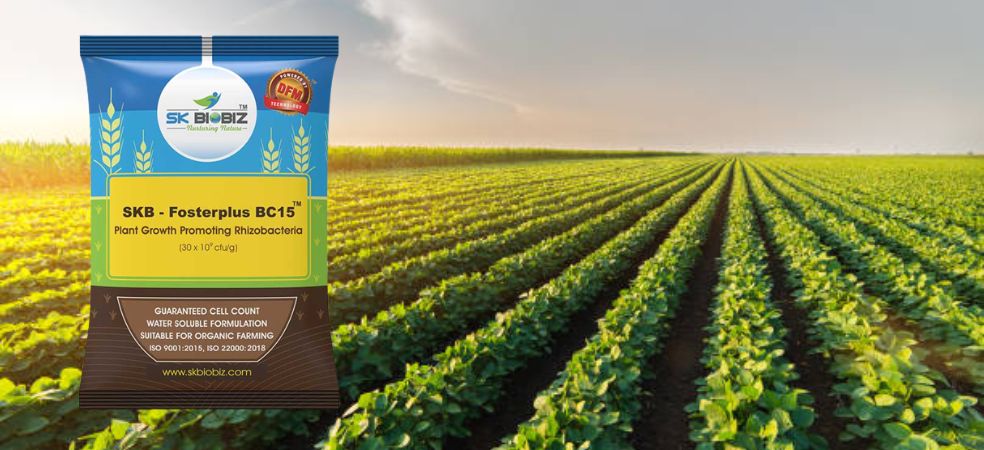-
Mustard cultivation is considered best in loamy or sandy soil with good drainage system. If there is no proper arrangement for drainage, then every year before harvesting the crop, Dhecha should be grown as green manure.
-
For good yield, the pH value of the soil should be 7.0. Highly acidic and alkaline soil is not suitable for its cultivation.
-
The rate of mustard seeds should be kept at 5-6 kg/hectare in rainfed areas and 4.5-5 kg/hectare in irrigated areas.
-
In irrigated areas, after harvesting of Kharif crop, first plowing should be done with soil turning plow and then three-four plowings should be done with disc plough.
-
After plowing in the irrigated area, the field should be leveled so that clods are not formed in the field. Deep plowing in summer destroys insects and weeds.
-
If there is lack of moisture in the land before sowing then the field should be plowed. The field should be made weed-free before sowing.
-
In rainy areas, after every rain, plowing should be done with a bladed plow and compaction should be done to conserve the moisture so that the soil remains moist.
ShareKeep reading Gramophone articles daily for important news related to your life. If you liked today’s information, do not forget to share.

